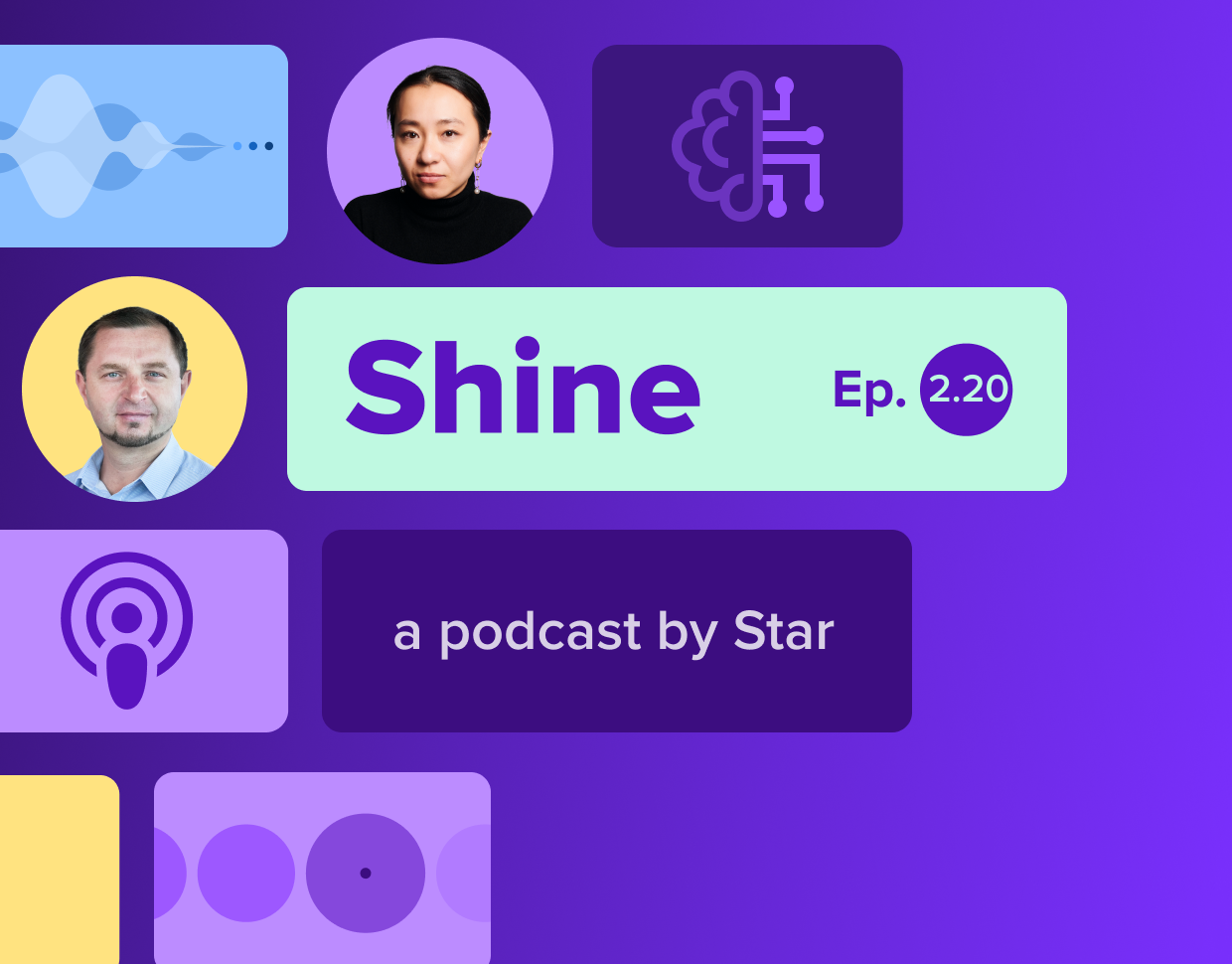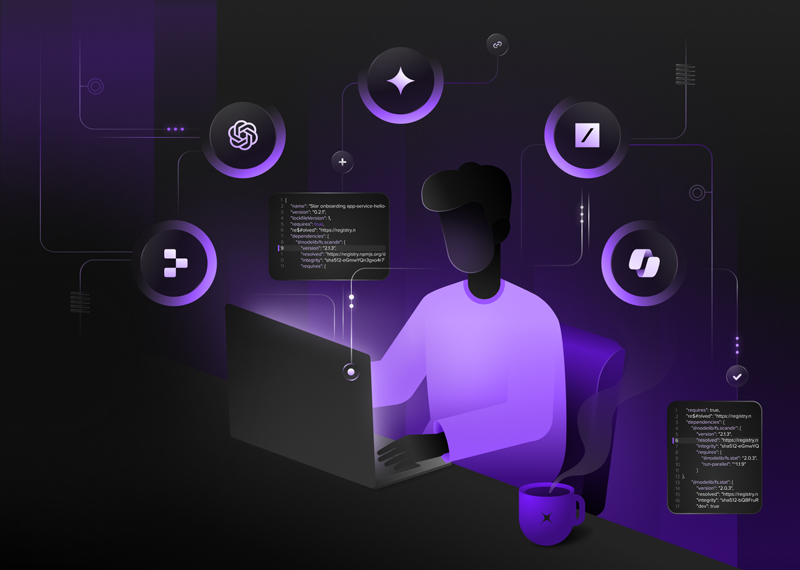For the love of all that is digital – Please don’t embark on a multi-year Star Wars project! Here’s the right way to find the value you seek
Across the globe, in companies large and small, there is still a certain amount of perplexity about digital transformation.
Everyone knows the iconic stories of companies that have been disrupted, and the whole field is fraught with a bit too much anxiety, too much high-flying fanfare, and too little concrete action.
We’ve all heard about artificial intelligence, robots and big data. It’s the tree that has us so fixated that we can’t see the entire forest of low-hanging fruit just waiting to be plucked.
In the wake of all of this, many leaders simply choose to go to their CIO and ask for a digital strategy, so as to avoid the proverbial boat leaving the dock without them.
It’s not the platform that delivers the value
The only thing a CIO can do – besides keeping the entire installation running – is go to the suppliers and find out what the options are.
And the suppliers, of course, are all lined up with their platforms for data management, analytics, storage and AI: IBM, SAP, Oracle, SAS, Qlik, to name a few.
And the entire team of management consultants do have a compelling argument when they talk about their desire to revamp the organization’s entire infrastructure in order to be a part of a data-driven economy.
It’s all about roles, data governance, technology, software and an organization’s collective maturity. But technology alone doesn’t have all the answers. A platform in and of itself cannot deliver a business advantage. That comes from the way you use your data.
Jane in Purchasing
My recommendation is: take things one step at a time.
Don’t embark on a multi-year Star Wars project consisting of defining the three projects you feel have the potential to improve your business through data.
You can just as well start the same place as you would when you build the platform. The question is: Is it in purchasing, warehouse, sales, distribution or service?
If Jane in Purchasing, with her 30 years of experience, out-performs everyone else, how does she do it?
Can you support her by taking away the most simple tasks she performs and replacing them with a data-driven routine?
And can you improve her entire team of purchasing colleagues who have the same job functions? To do this, you need to understand her workday, and you need to imagine an automated, intelligent support system based on Jane’s experience, knowledge and rules of thumb.
Improving things on the ground
I’m not talking about disruption, and I’m not talking about robotization. I’m talking about a business-based improvement project that uses data and advanced software.
Words like disruption and digital transformation rocket us into the stratosphere, while digital improvement projects keep us firmly grounded.
The costs aren’t astronomical either.
On the other hand, these types of projects can only come to fruition through deep, concrete business insight, which is why they require the organization’s involvement.
And it’s exactly when we start with the business and value creation, that we can freely use external data, which often contributes a little stardust to the internal data.
The risk of starting with the platform and thus internal data management is that you might miss out on faster, and more significant, improvements. In other words, you don’t write the best cookbook in the world by focusing on the ingredients you have in your refrigerator.
What is, then, the advantage of starting with one step as opposed to running a marathon? First, the business value is there from day one. Second, you gather loads of valuable experience along the way. Your second, third, and fourth improvement projects will be significantly better than the first.
When you use design thinking to improve your purchasing function, you learn general approaches and methods that can then be applied to the other function areas.

Augment and replace human work
At some point, all of these incremental projects will reveal weaknesses in the data infrastructure. They will raise questions, such as, “Do we have the data, we need? Does the data have the necessary quality? Do we have the tools we need to process the data? Can we easily find and incorporate external data?”
Yes, you might need a platform, but by starting with these projects, you will be able to list far more precise requirements, and you can significantly reduce the risk of blindly accepting an external supplier’s data management vision.
The most important lesson is that, in reality, we reap experience by supporting and replacing human work with software-driven processes.
This is, and will become, the rationale that drives us; and in our part of the world, we have a workforce focused on this agenda.
We will start to experiment with allowing software to play a larger role in some areas, which historically have been a part of the job description for sales staff, analysts, case workers, HR workers, managers, finance staff, purchasers, logistics managers, production engineers, lawyers, accounts, and so forth.
We have to learn from this trend, because it will be the decisive one, both now and for the years to come.
Take it one step at a time.




